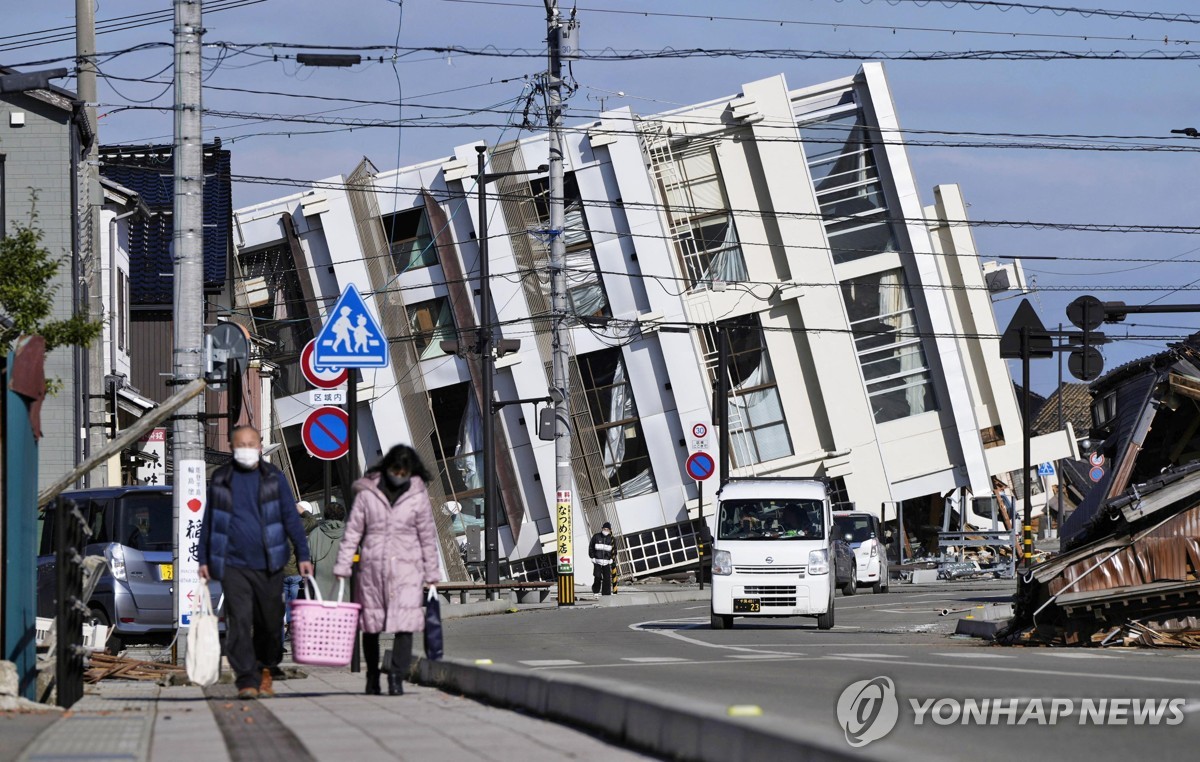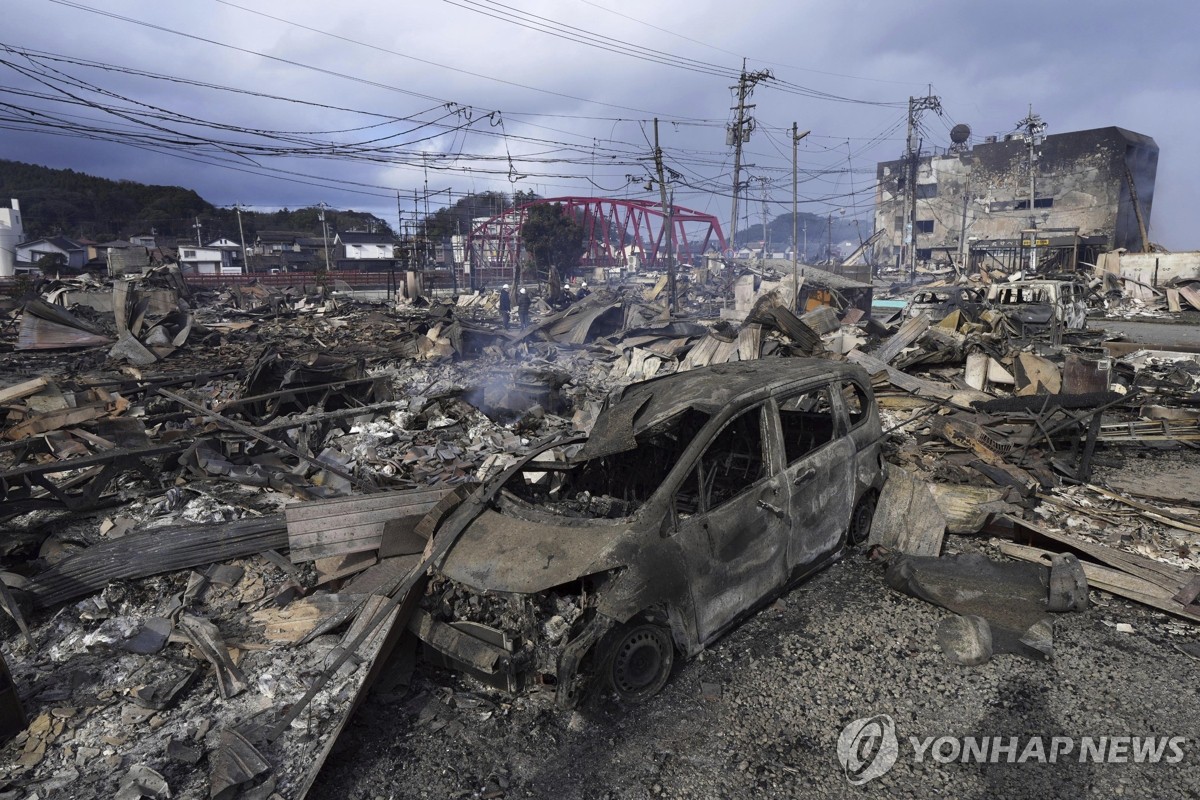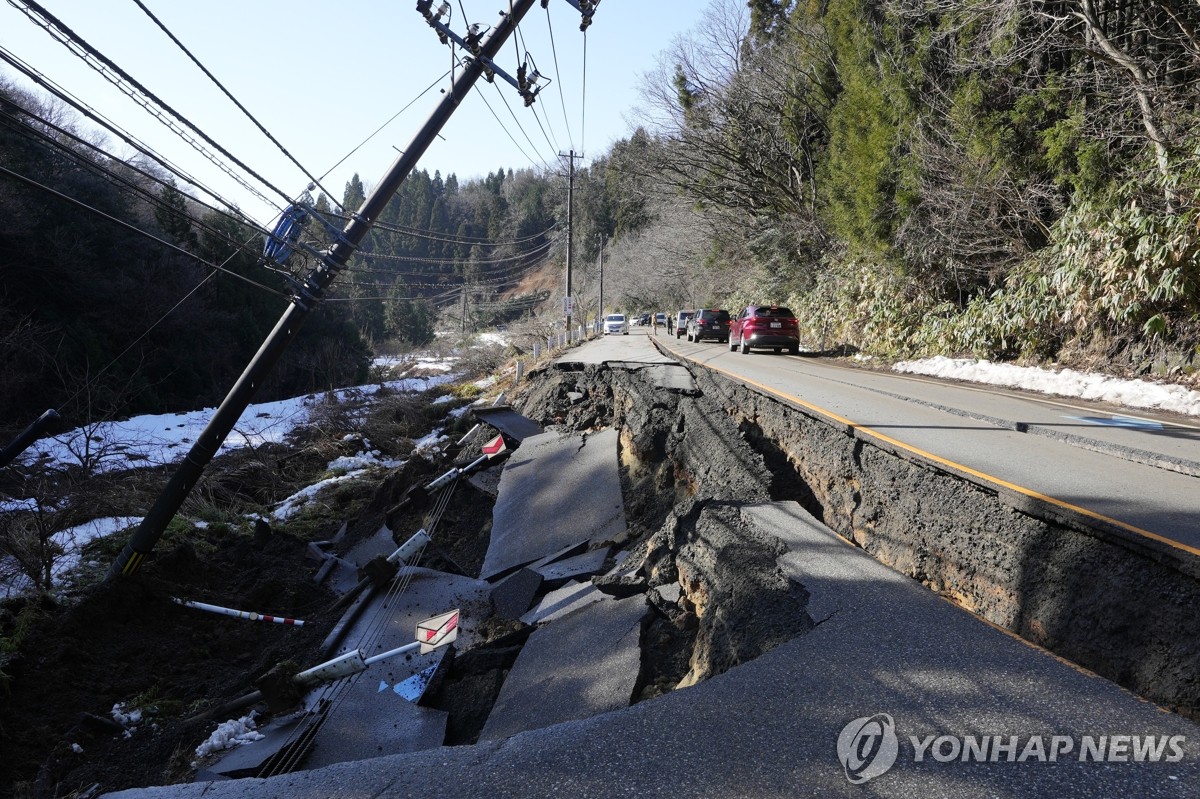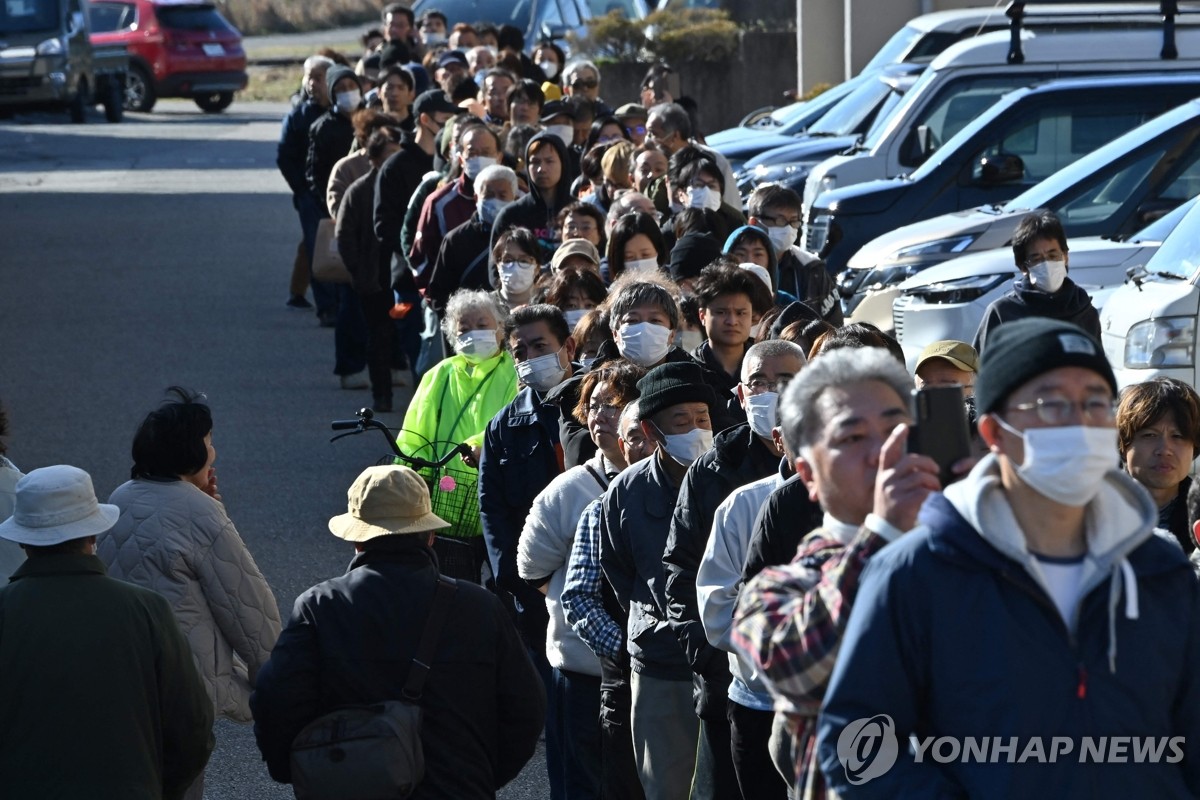Japan earthquake, magnitude 7.6 earthquake and magnitude 5-6 aftershocks continue for two days, resulting in deaths and victims one after another

On the Noto Peninsula in Ishikawa Prefecture, central Honshu, which was hit hard by the Japanese earthquake, at least 48 people have died and more than 32,000 people have been displaced, with buildings collapsing and asphalt roads cracking.
A magnitude 7.6 earthquake occurred on the first day of the new year, and about 130 aftershocks continued until this morning. On the Noto Peninsula in Ishikawa Prefecture, where the latest Japanese earthquake occurred, hundreds of houses and buildings collapsed, and firefighters are struggling as fires break out in various places as old wooden houses collapse.
Landslides caused by the Japanese earthquake also occurred in other areas of the Noto Peninsula and nearby areas, causing many houses and buildings to collapse, and some wooden houses collapsed as their pillars could not withstand the shaking. In addition, cracks appeared throughout the road, causing cars to fall into large holes created by the cracks, or the middle part of the road to be completely cut off. The sight of a ship overturned in the port and submerged in sea water and huge stone sculptures lying on the street made you realize the power of a magnitude 7.6 earthquake.
NHK Japan reported that at least 50 people have died and dozens have been injured due to the earthquake so far, and about 32,000 residents are living in evacuation centers. In Ishikawa Prefecture, electricity supply was cut off to about 44,000 households, and tap water supply was cut off in some areas.
In addition, major highways near the epicenter of the earthquake in Japan were closed, and the Shinkansen high-speed train between Nagano Station and Kanazawa Station and between Echigo-Yuzawa Station and Niigata Station were suspended for equipment inspection. Noto Airport was confirmed to be unable to operate flights as cracks exceeding 10 meters in length were confirmed throughout the runway.
Japanese people reported the damage by sharing photos and videos taken during the earthquake through social networking services (SNS). A netizen who came across a video of the earthquake damage that day on Yahoo Japan, Japan’s largest portal site, said, “The damage is so severe,” and “More than 150 aftershocks have occurred continuously since yesterday’s earthquake. I hope the shaking will at least calm down.” .
Meanwhile, on social media, “false information unrelated to the recent earthquake in Japan, such as a video of the Great East Japan Earthquake that occurred in 2011, is spreading,” NHK reported. In relation to this, Japanese Prime Minister Fumio Kishida mentioned in a morning press conference that malicious false information was being spread and said, ‘Such acts must be strictly avoided.’ In addition, Japanese Prime Minister Kishida is holding an emergency disaster response headquarters meeting at the prime minister’s residence to check the damage situation.




Editor Hyemin Moon








